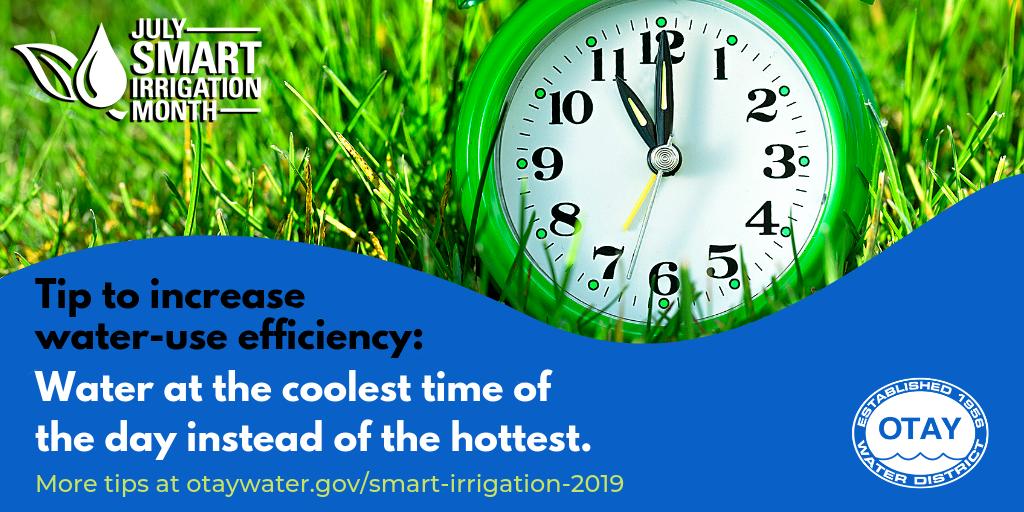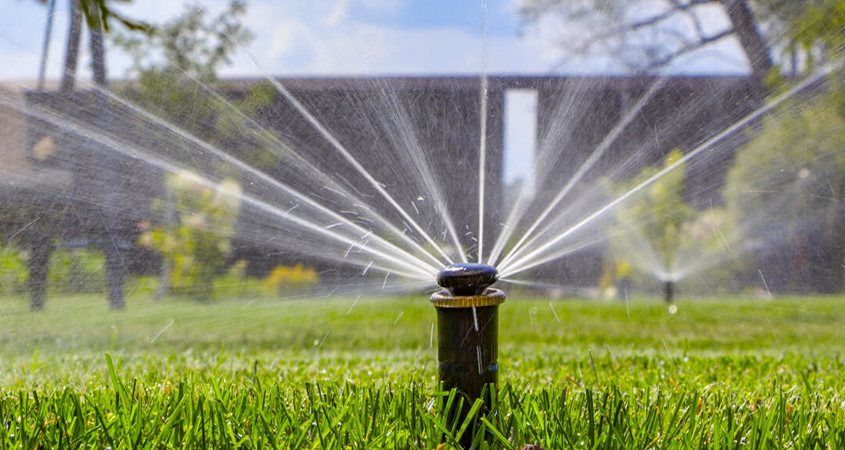USD Installs Second Wind and Solar ‘Nanogrid’ Tower on its Campus
The University of San Diego dedicated on Wednesday the second free-standing solar and wind energy tower installed on its campus by a local startup.
The University of San Diego dedicated on Wednesday the second free-standing solar and wind energy tower installed on its campus by a local startup.
High tides are flooding basements, streets and septic systems up and down U.S. coastlines more often as sea levels rise—and the future looks even more soggy, the National Oceanic and Atmospheric Administration said July 10.
The state Assembly and Senate passed legislation to provide $130 million to provide safe drinking water for Californians lacking access to healthy water.
The state Senate approved the bill 38-1 Monday. The Assembly passed the bill 68-0 on July 5.
The legislation now heads to Gov. Gavin Newsom for his signature.
The state Assembly and Senate passed legislation to provide $130 million to provide safe drinking water for Californians lacking access to healthy water.
The state Senate approved the bill 38-1 Monday. The Assembly passed the bill 68-0 on July 5.
The legislation now heads to Gov. Gavin Newsom for his signature.
Newsom and others in the Legislature had proposed a tax on residential water bills to pay for projects to provide safe drinking water for residents that don’t have access to it. Water industry groups, including the San Diego County Water Authority, were among the broad coalition of water, business and civic interests that opposed the tax.
“Thanks to the efforts of Senate President Pro Tem Toni Atkins and her staff, Californians will not face a drinking water tax,” said Glenn Farrel, government relations manager for the Water Authority. “Her leadership was vital to securing the funding needed to provide safe drinking water for the communities in California where unhealthy water is a problem.”
Funding to clean up contaminated water will instead come from California’s cap-and-trade program.
SB 200, which creates the Safe and Affordable Drinking Water Fund, is the second part of an historic funding solution for disadvantaged communities in the state that do not have access to safe drinking water.
The first part is in the state’s 2019-’20 budget, which Governor Newsom signed on June 27. The budget allocates $100 million from the Greenhouse Gas Reduction Fund (GGRF) and $30 million from the General Fund for the current fiscal year. SB 200 provides $130 million per year from the GGRF for safe drinking water for future years until 2030.
The funding is intended to assist communities in paying for the costs of obtaining access to safe and affordable drinking water, including treated contaminated water. Many of those residents live in the San Joaquin Valley and rural areas of the state.
Smaller water districts will also be able to tap the funds to help with their operating costs, and possibly merge with other small districts.
The California State Water Resources Control Board has identified 329 water systems statewide that serve contaminated drinking water or cannot provide reliable water service due to unsound infrastructure or lack of resources. Most of the systems are in rural areas and serve fewer than 10,000 people.
A proposed tax on California’s drinking water in 2018 was also scraped by then Gov. Jerry Brown and legislative leaders.
In theory, because water is hard to come by in the arid West, it should be well taken care of.
But the West sometimes squanders its limited water. We have contaminated creeks, polluted rivers, broken bays, fouled beaches and, even today, hundreds of thousands of people across California who lack reliably safe drinking water.
San Diego regional water agencies are sharing water-efficiency tips during “Smart Irrigation Month.”
July is traditionally the month of peak demand for outdoor water use and the reason it was chosen as Smart Irrigation Month when it started in 2005. The month celebrates the social, economic, and environmental benefits of efficient irrigation for landscapes, recreation and agriculture.
San Diego regional water agencies are sharing water-efficiency tips during “Smart Irrigation Month.”
July is traditionally the month of peak demand for outdoor water use and the reason it was chosen as Smart Irrigation Month when it started in 2005. The month celebrates the social, economic, and environmental benefits of efficient irrigation for landscapes, recreation and agriculture.
Smart Irrigation Month highlights irrigation technology innovations and encourages water-efficient irrigation techniques to preserve the world’s fresh water supply.

The Otay Water District is among those participating in “Smart Irrigation Month” education via its social media channels and website. Photo: Otay Water District
The Otay Water District is helping its customers increase water-use efficiency during Smart Irrigation Month with a dedicated webpage of tips. Customers can apply for a free WaterSmart Checkup by calling 760-728-1332 or at watersmartcheckup.org
The Helix Water District also offers free home water use checkups to its customers by phone 619-667-6626 or email
And, the City of Oceanside Water Utilities Department is hosting a free Smart Irrigation Workshop at Mira Costa College on Saturday, July 13. The event has reached capacity, but customers can all 760-435-5816 to get on a waiting list and be notified about future events.

Inspect your sprinkler heads regularly to make sure they are not obstructed or watering onto pavement or other hardscapes. Photo: Irrigation Association
July is an ideal month to perform a check on current irrigation systems and determine whether any practices can be improved to save water. The San Diego County Water Authority offers these nine Smart Irrigation Month tips:
Find more tips and information on Smart Irrigation Month at WaterSmartSD.org
The National Weather Service office in San Diego is forecasting the first summer heat wave for the end of this week, with inland temperatures 5 to 10 degrees above normal.
Water utilities across the country struggle with aging infrastructure that results in water loss from leaks. The cost to rehabilitate or replace pipe often is greater than the cost of repairing leaks. Utilities tend to wait for customer-generated work orders before acting. This typically occurs when a leak surfaces after a long-standing period of water loss and possible infrastructure damage has occurred.
It is a telling illustration of the precarious state of United States dams that the near-collapse in February 2017 of Oroville Dam, the nation’s tallest, occurred in California, considered one of the nation’s leading states in dam safety management.